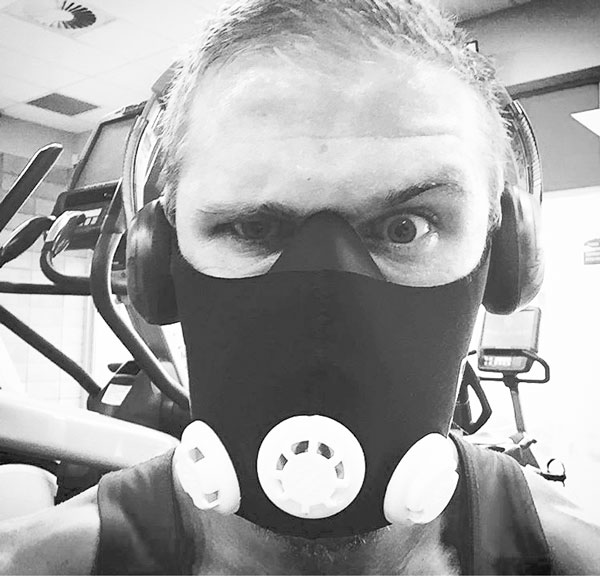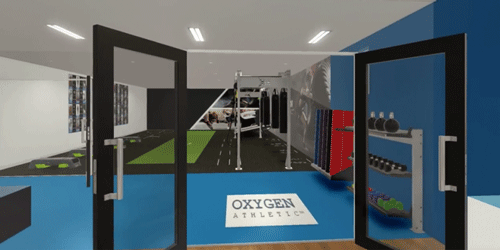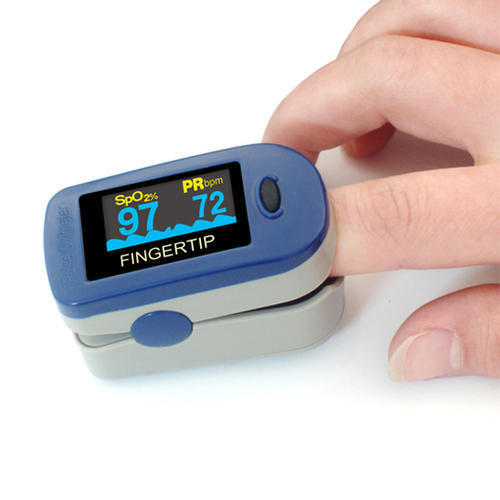Intermittent Hypoxic Training
The last blog introduced desaturation, which is where we intentionally reduce Oxygen (02) supply to the tissues at rest or when we are exercising. This is done in various ways, which is what we will explore this post.
Just a reminder:
Red Blood Cells are the cars driving around our blood vessels. They carry our Oxygen!
Haemaglobin are the car seats where the Oxygen (02) sit
Saturation (%) is the number of empty seats in the cars on our roads. EG: If it’s a 5 seater and we have 4 passengers then we are 80% saturated. If you hold your breath or exercise at altitude you may reduce the 02 delivery to the tissues and we see a reduction in the amount (%) of oxygen we are carrying. You will need a pulse oximeter to try this.
Commonly in our consultations we will see saturation levels of just under 80% if they are well trained. That means that there is a spare seat in the car, it doesn’t seem like much but 02 carrying capacity is very delicate when we go below 80%.
So how do we become Hypoxic??????????????????????
Lets have a look at some popular ways to achieve this stress:
Altitude Training:
As discussed in previous post, as we increase in altitude we reduce the amount of air we are breathing in. As a result, the amount of 02 we breathe reduces and our tissues are deprived of 02, WE BECOME HYPOXIC. To measure this during training we use the Pulse oximeter which measures our saturation.

This hypoxic stress hopefully causes the body to adapt by:
- Increasing Erythropoeitin production which stimulates an increase in Red Blood cell numbers in the blood. Ie: More cars on the road to carry the 02. That’s a hormone that is released in response to the altitude stimulus
- Increase in small blood vessels, more highways for the cars to drive on
- Improved enzyme capacity, allowing improved O2 utilisation as an energy source. Like making the cars on the road more efficient and reduce their petrol consumption
There are a few different methods with Altitude training, but the general key is to use the altitude to stress the body to adapt. But we don’t want to under train the athlete during this process which can happen if you are exercising with limited oxygen. Think about it, an athlete who is training at altitude cannot run as hard or cycle as hard as they do when they are at sea level, so we must be careful not to de-load them and remove the potential benefits of the altitude work.
We also don’t want to over stress them, which is why its an art to deliver these performance improvements effectively with altitude training. Too much hypoxia could lead to a fatigued athlete, tired athlete or worse, a sick athlete.
ALTITUDE MODELS
TRAIN HIGH – LIVE HIGH
Maximum exposure to altitude and stress. The evidence that this works is lacking. Probably due to too much stress, lack of quality training and improper recovery.
TRAIN LOW – LIVE HIGH
Athletes live, eat and sleep at altitude and “come down” from that altitude to train. This allows training intensity to be maintained by training at (or near) sea level. So we stress the body when we are not training by living at altitude, and let an athlete train at sea level, keeping that intensity of training. Hence, the beneficial effects of altitude exposure are harnessed whilst some of the negative ones are avoided.
However, altitude exposure must be for more than 12 hours per day and for at least 3 weeks. With this technique, improvements in sea-level performance have been shown in events lasting between 8 and 20 minutes. And interestingly, athletes of all abilities are thought to benefit.
This is the most popular method and requires skill, science and experience to deliver the result the athlete requires.
TRAIN HIGH – LIVE LOW
The athlete is exercising in a stressful low oxygen environment, whilst resting in a normal oxygen environment. There have been some interesting findings suggesting that this technique might work, but there are no good studies showing that the technique makes any difference to the ultimate competitive performance of the athlete at sea-level.
Additionally, training intensity is reduced so some athletes may find that they actually lose fitness using this regime.
High Intensity Intermittent Hypoxic Training:
A relatively newer science and type of training that athletes are looking to achieve the stress of reduced oxygen delivery to the muscles. We perform high intensity exercise and hold our breath. This limits the amount of oxygen that is available for the tissues because we are using it up quickly and not re-filling the tank.
I will be writing a specific post about this, but its a great type of training that has been popularised by organisations like XPT, click this link to see an example of this training. I believe there is lots of potential to unlock using these techniques and some science to measure the results.
“Altitude Masks”
ARE NOT SIMILAR TO ALTITUDE AT ALL, but often restrict the amount of C02 we can exhale, as a result our blood C02 levels increase and the pH of our blood decreases, which affects our physiology. They can be excellent tools to take a more conscious approach to your breath, help control your breath in particular with aerobic type of exercise. WE often see people breathing too much (hyperventilation) and these masks allow us to stop doing that.
I have reviewed these before here, all breathing interventions create some change, but these do not create a hypoxic effect.

Oxygen Masks
These control the amount of 02 you are breathing while wearing the mask. At sea level, the air you are breathing has 21% of it with 02. You may see people exercising with face-masks that are attached to small machines about the size of a coffee machine. That’s an oxygen mask, which reduces the content of O2 you are breathing.
I have personally worked with (Leo), and using these masks he has taken me to the top of Mt Everest which has 1/3 of the oxygen available to my tissues than exercising at sea level. My sats dropped to 60%, and the feeling I got after I took the mask off and breathing normal air again was profound. The shock to the system and bodies response was tangible. I believe these are interesting stressors we can create within the body and hacks we can utilise for our training utilising these systems. But we are working on some things that I can reveal until we can prove it.
Oxygen Therapy
Sitting in tents or having a mask on the face which delivers oxygen above atmospheric pressure to the body hoping to get more oxygen to the tissues. Some of the claims that I have not personally researched include:
- Increased supply of oxygen to injured areas
- Quicker healing of soft tissues, ligaments and fractures
- Reduction in swelling and pain
- Prevention of hypoxia of the traumatised tissues
So, by delivering more oxygen the body heals itself faster. As a Physiotherapist one of my jobs is to reduce swelling as we know it has a beneficial effect, but when it lingers it slows down the healing rate of tissues.
Personally, unless you’re an athlete recovering from injury it maybe a waste of time but I could be wrong. Check out this post for more information.
Altitude rooms
The ‘Hypoxia Room’ where altitude training sessions take place is an environment where the percentage of oxygen is lowered to mimic the effects of travelling to altitude. By dropping the oxygen level from the normal 21% to 14% the level of oxygen in the blood, measured by an oximeter, is equivalent to being at an altitude of about 3,700 metres.

It’s not exactly the same but it’s trying to be, and there could be physiological changes that happen or not happen due to these effects: we will discuss this in a later post.
Here is a great innovative company that I will work with that are pioneering some altitude room therapy. Check them out
Apnoea training, Free Diving & Breath Hold
Many of the hypoxic situations I described above are designed to stress the body by lowering the 02 in the body. The body then responds: to better utilise 02, more efficiently distribute 02 or carry more 02.
Think of it like this: By consistently lowering the 02 utilising these training methods, the body responds by making more cars, more efficient fuel for the cars and everyone has switched on their UBER so all cars on the road are being used.
Freediving training is very complex, but in essence we are trying to become as calm as possible and as efficient as possible when we are in the water, so that we don’t need a lot of 02. By consistently training, you get better and better at dealing with the build-up of C02, and the lowering of 02 (sats) during a dive or breath hold. Usually free divers are holding their breath in water for > 2 mins at a time, unlike Intermittent Hypoxic Training (IHT) where we are exercising at higher intensities and holding for < 1min.
I work with a number of athletes who have minimal use for free-diving training. They need to improve their ability to deal with high heart rate breath hold situations, the exact opposite of free-diving. Think of Ryan Hipwood crashing on a monster wave or Cameron McEvoy swimming 50m without a single breath. That doesn’t mean they don’t need to incorporate some of this type of training to improve their performance, it’s a great introduction to this type of training.
Kaatsu
Click link here for full description, but essentially when exercising using Kaatsu equipment we limit the blood delivery and removal from tissues using tight bands around the muscle.
If we exercise our legs by doing squats, and we place tight bands around the top of the thighs, we can limit the 02 delivery. But, more importantly in Kaatsu methodology, we reduce the removal of metabolites and C02 from the exercising tissues. Creating a higher amount of stress than normal and hoping that the body will respond and improve its performance in response to this stress. I have never tried this before, but it has some graounding in creating more stress from less effort. Could be useful for elderly or those limited in exercise capacity due to some form of disability. But for athletes needing to perform at high intensity, probably not the greatest way to spend your time.
Conclusion
So, we have outlined what hypoxic training is and the various methods we use to potentially see an increase in performance. Next article will unpack these physiological changes and the performance benefits they aim to deliver.
